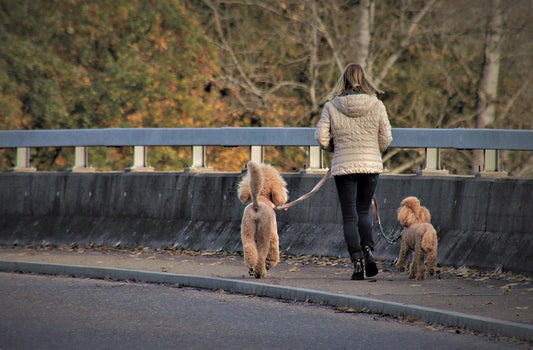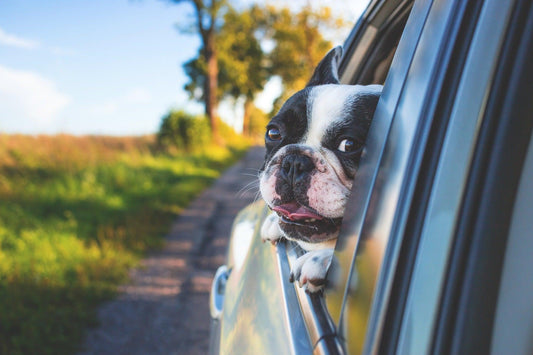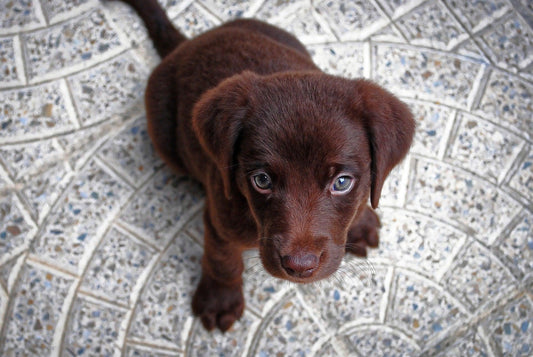History
The Great Dane is one of the oldest dog breeds in the world and has a rich history dating back to ancient times. Originally, these dogs were bred to hunt big game, such as bears and deer. Later they were also used as guard dogs and companion dogs for royal families.
The modern Great Dane was bred in Germany in the 19th century through crosses between several large dog breeds. The Great Dane Club of Germany was founded in 1888 and this club was committed to the preservation and improvement of the breed. Today, the Great Dane is a popular breed around the world and is prized for its friendly and loyal disposition as well as its commanding appearance.
Character
The Great Dane is known for its friendly and affectionate nature. These dogs are very social and enjoy the company of people and other animals. They are also intelligent and trainable, making them easy to train and eager to learn new things.
Although large, Great Danes have a gentle and playful disposition. They love to play and romp with their owners and are often good with children. Because of their size, they do need a lot of space to move around and they need plenty of daily exercise.
Health
As with many large dog breeds, the Great Dane can suffer from joint problems and hip and elbow dysplasia. It is therefore important to monitor their weight and exercise and have regular vet checks.
Because of their deep chest, Great Danes can also be prone to bloating, a serious condition that requires immediate medical attention. In addition, they can also suffer from eye problems and skin allergies.
Care
The Great Dane has a short coat that requires little grooming. Occasional brushing and bathing is usually enough to keep their coat clean and healthy. However, it is important to clean their ears regularly to prevent infections.
Because of their size, Great Danes need a lot of space and are not suited to life in a small apartment. They need plenty of daily exercise such as long walks and free time to run and play in a safe environment. This can be done in an enclosed garden or in a park where they can run free and lose their energy.




